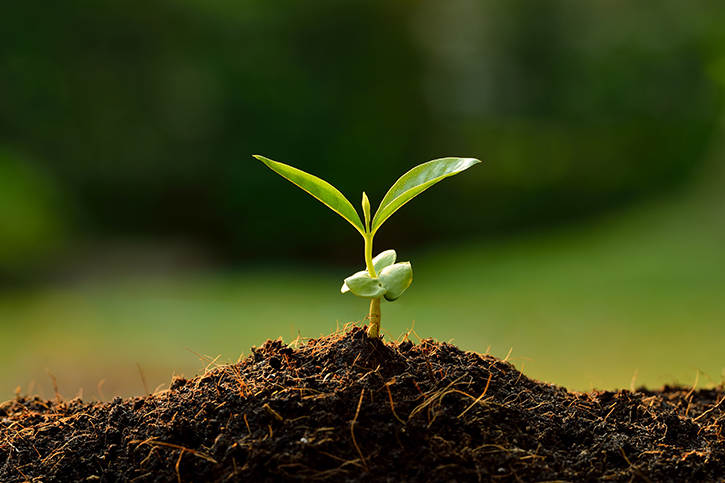Gardening in July
July 2019

Following are a few tips to help your lawn and gardens thrive this summer.
Annuals
High temperatures place a great deal of stress on annual flower beds. While we have had fairly good rains so far this year, it is likely to get hotter and dryer in the upcoming weeks.
Watch the weather, and apply water appropriately. Keep the soil moist. Newly planted shrubs and flowers will need more frequent irrigation than plants that are established. Annuals in containers may need to be watered daily.
Lawn
The lawn turf grass will need water in different amounts and possibly on a different schedule from the flower beds. When it comes to the lawn once again, keep the soil moist. However, do not water needlessly. Overwatering your lawn wastes water and promotes disease problems. And here is a no-no: do not water "lightly" every day. A light, daily sprinkling encourages diseases and creates a shallow root system. Here’s the key: apply sufficient water to reach a depth of 6 to 8 inches.
Cinch Bugs
If your grass wilts, turns yellowish brown, dried out, and dies in sunny areas and along sidewalks and driveways, CHECK FOR CHINCH BUGS! While these little guys feed on several types of grasses, St. Augustine and Zoysia are their favorites. They can move across an entire lawn within a few days. Treat with an insecticide, or call a professional.
Mowing
Mow regularly throughout the growing season. St. Augustine grass should be cut about every 7 days, with the mower blade set at a height of no less than 3 inches.
"Mulching – mowers" eliminate the need to bag clippings. By mulching, the clippings return nutrients to the lawn, which assists in "fertilizing" the turf.
Shrubs
Most summer-flowering shrubs bloom over a relatively long period, compared to spring-flowering shrubs. Faded flowers often linger as new ones are being produced, detracting from the attractiveness of the display. Pull or trim off faded flowers as they occur. In the case of Dwarf Crape Myrtles, Oleanders, and others, trimming of the faded flowers will encourage more blooms to form.
Trees
During the first several years after planting a young tree, keep an area at least 1 foot out from the trunk mulched. Young trees do not have well developed bark, and the base of the trunk is easily damaged by mowers and string trimmers. Young trees will grow faster when grass is not allowed to grow close to them.
Source: Dock Line Magazine – Magnolia Edition